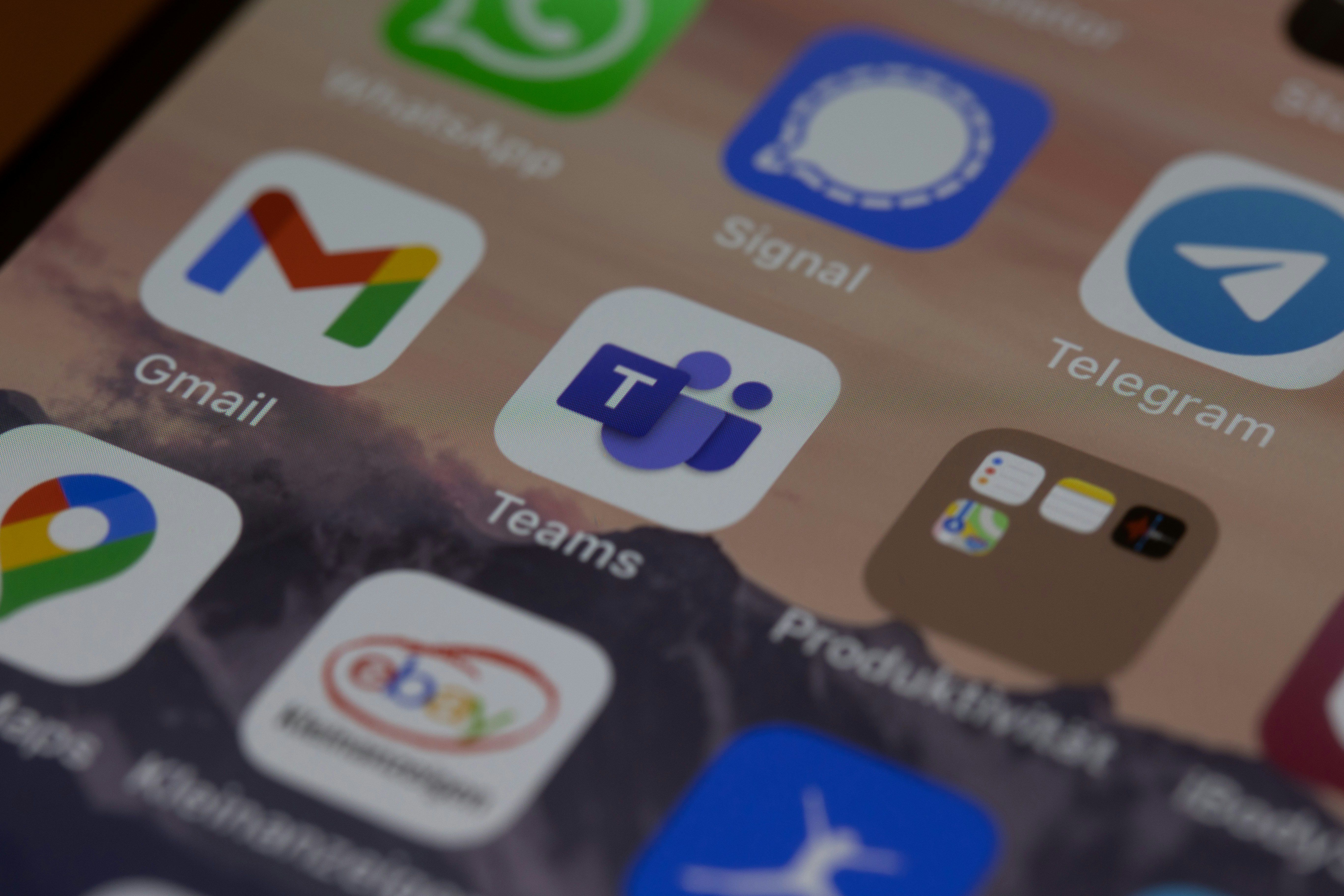Why Is Skype Shutting Down?
Reasons behind Skype's shutdown and what this means for its users.
Eddie
June 11, 2025

Skype, the pioneer in internet video calling, has made a significant impact on global communication since its launch in 2003. Once a staple for personal and professional interactions, it fostered deep connections between long-distance lovers, helped families maintain bonds across oceans, and provided businesses with cost-effective means to communicate internationally. However, as Microsoft shifts its focus towards its more modern communication platform, Microsoft Teams, Skype will officially go offline by May 5, 2025. This transition raises questions about the factors leading to Skype's shutdown and how current users will adapt. Here's a closer look at why Skype is closing its servers and the implications of this decision for its loyal users.
The Rise and Fall of Skype

Origins and Initial Popularity
Skype, founded in 2003 by Niklas Zennström and Janus Friis, quickly became a household name in the realm of digital communication. Originally conceptualized as a service for making phone calls over the internet, Skype soon added features like video calling and private messaging, all for free. Its innovative offerings resonated with users globally, catapulting it to immense popularity. At its peak, Skype boasted over 300 million users worldwide. The platform was a revolutionary tool, providing a cost-effective solution for personal and professional communication. In 2005, eBay purchased Skype for a staggering $2.6 billion, indicating its significant market potential.
Decline Due to Competition
Despite its early success, Skype's dominance began to wane as the digital communication landscape evolved. Over time, newer platforms like Zoom, WhatsApp, and Slack emerged, offering enhanced features and user experiences tailored to modern demands. These competitors began eroding Skype's user base by providing more adaptable solutions with features better suited for both personal and corporate use, such as superior video quality and integration with other digital tools. As of early 2020, Skype's user numbers dropped from about 40 million to 36 million by 2023, a clear indication of its dwindling influence amidst fierce competition.
Microsoft’s Focus on Teams

Transition from Skype to Teams
As Skype struggled to maintain its foothold, Microsoft, which acquired Skype in 2011, pivoted its focus towards Microsoft Teams. Teams, Microsoft’s strategic response to the burgeoning demand for integrated business communication tools, offers a more expansive suite of features than Skype. This transition marks a shift in priorities from a general consumer tool to a robust platform aimed at facilitating business communication.
Microsoft announced that Skype would officially retire on May 5, 2025. Users were encouraged to migrate to Microsoft Teams, with the promise that their chats and contacts would seamlessly transfer to the new platform. This step was taken to capitalize on the robust features of Teams, which includes a higher participant capacity for video calls, advanced security, and integration with applications like Office 365.
Features and Benefits of Teams
Teams distinguishes itself from Skype by providing a comprehensive suite of features designed to enhance collaboration and productivity in professional settings:
Scalability - Unlike Skype, Teams can accommodate up to 10,000 participants in a single video call, making it suitable for large meetings and corporate events.
Security and Compliance - Teams incorporates advanced security measures, crucial for business communications, ensuring confidentiality and integrity.
Integration - Users benefit from seamless integration with Microsoft Office 365, OneDrive, SharePoint, and other productivity tools, facilitating a smoother workflow.
Enhanced Communication Tools - Teams offers additional features like meetings, calendar scheduling, and the ability to create or join communities, all of which contribute to improved teamwork and collaboration.
These offerings make Teams an appealing platform for businesses looking for a versatile communication and collaboration tool that extends beyond basic video and voice calling.
User Feedback and Migration Process
The transition from Skype to Teams has been facilitated to ensure minimal disruption to users' communication needs. Users can log into Teams using their existing Skype credentials, allowing for an easy migration of contacts and chat histories. The sync process is designed to be fast, typically taking less than a minute, ensuring users can continue their communications without delay.
Despite the smooth migration process, user feedback during this transition is mixed. While many users appreciate the advanced features and business-oriented tools that Teams offers, some, particularly those who used Skype for personal purposes, express reluctance in moving to a platform perceived as more business-centric. For these users, Microsoft Teams continues to support collaboration features during the transition period up to May 5, 2025, allowing ample time to adjust to the new platform. Moreover, Microsoft is open to user feedback to enhance the usability of Teams as more users transition from Skype.
The closing of Skype represent the evolution of digital communication platforms, as user needs continue to evolve in a technologically advancing world.
Emotional Impact on Users
The announcement of Skype shutting down has touched many who depended heavily on the service for personal connections and maintaining relationships over vast distances. The emotional impact on users is significant, as they look back on the moments and memories connected through the platform.
Personal Stories of Connection
Skype acted as a bridge for many relationships and personal connections. For Weng and Owen Williams, Skype played a pivotal role in their love story. Their relationship blossomed over video calls after Weng returned to Macau from Wales. Despite the miles apart, Skype provided a seamless platform for them to stay connected daily. This culminated in a moment during one of their calls when Owen cut the birthday cake sent by Weng, marking a unique and memorable moment in their journey.
For Erica from New Zealand, Skype provided solace and a connection with her husband during work trips. Posthumously, it became a tool for emotional closure. Reviewing old messages and beginning "conversations" with her late husband on Skype enabled Erica to work through grief and unspoken regrets, bringing her a sense of peace.
Susan Bertotti exemplifies another personal story of how Skype maintained vital family connections. Living in Chile, Susan communicated daily with her 99-year-old mother in Milton Keynes via Skype. This digital connection was invaluable, helping both women maintain a close bond despite the physical distance. The loss of Skype will undoubtedly have a profound effect on their daily routine of communication.
Businessman Stan Calderwood also relied on Skype for affordable international business calls. The platform's closure forces him to seek cost-effective alternatives, showcasing its stronghold on personal and business communications over the years.
Adaptation to New Platforms
As Skype shutters its doors, users are prompted to adapt to new communication platforms. Microsoft is encouraging Skype users to transition to Microsoft Teams, which offers similar features and can accommodate a wider audience. For some, like Susan and Stan, moving on won't come without challenges. These adaptations might entail navigating new technological landscapes and overcoming the inconvenience of learning a new interface.
Microsoft Teams is uniquely positioned as a viable alternative owing to its robust feature set and integration with other Microsoft services. Nevertheless, it may not capture the same essence of personal connection that Skype facilitated for close-knit and familial interactions.
Alternatives to Skype

With the termination of Skype services, many users are exploring various alternatives to fulfill their communication needs. Here are some of the top contenders that have come into focus:
- Microsoft Teams - Designed for business use, but also offers suitable features for personal communication, accommodating up to 10,000 participants. Features include advanced integrations with services like Office 365 and a focus on collaboration.
- Google Meet - A user-friendly platform tied to the convenience of Google accounts. It supports up to 100 participants and integrates well with other Google services. However, the free version enforces a 60-minute limit for meetings with more than three participants.
- Zoom - Known widely for its ease of use and ability to support large meetings, Zoom comes with a 40-minute limit for free accounts. It offers options for recording and is rich with features like breakout rooms, screen sharing, and more.
- Webex - Another solid platform for video conferencing with a free plan allowing up to 100 participants and a limited time for meetings similar to Zoom.
- Discord - While originally a platform for gamers, Discord's robust voice and video chat features are also beneficial for small teams looking for a less formal setup.
- Slack - Not primarily known for video calls, but its Huddle feature offers quick transitions from chat to call. Paid plans support a larger number of participants for these impromptu meetings.
- Signal - Ideal for privacy-conscious users, this encrypted messaging app offers video calls for up to 50 participants and is free to use.
As users transition from Skype, these alternatives offer various features and pricing plans to cater to different preferences and needs, ensuring communication continues seamlessly. Whether it is for personal use or business communication, these platforms provide varied functionalities to suit every user type.


